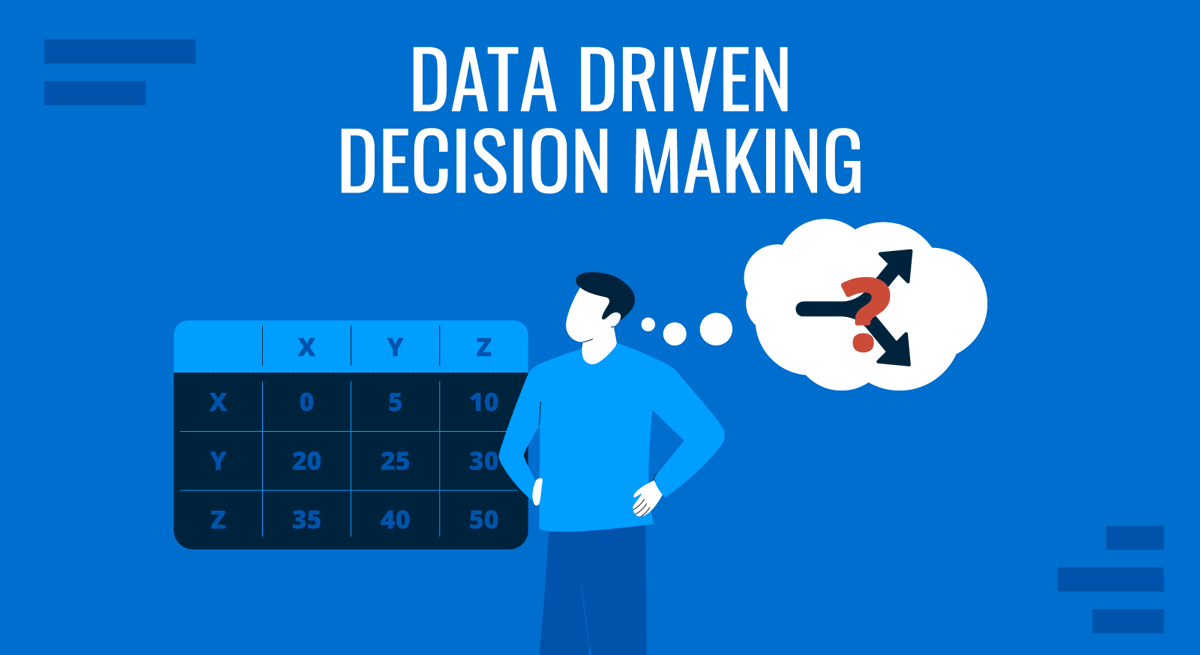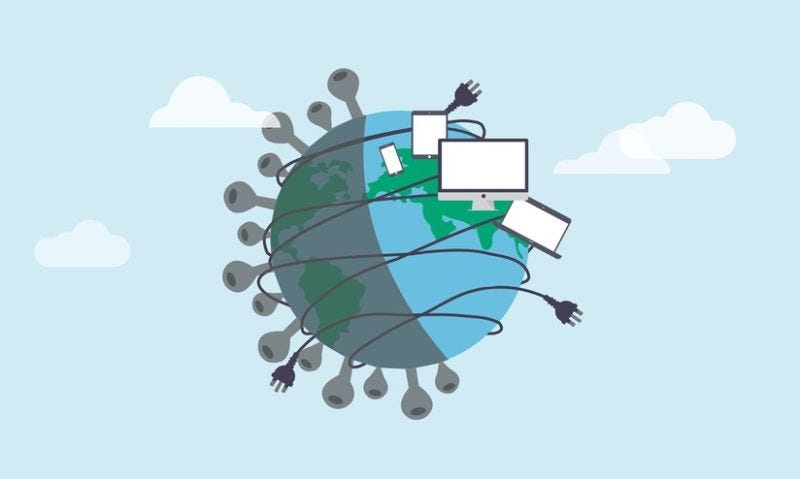Concept Map: Data Driven Decision Making

The Evolution of Decision-Making: From Intuition to Intelligence
In the heart of every successful organization lies a fundamental question: How do we make better decisions? This concept map traces the journey of data-driven decision making; a paradigm shift that transforms uncertainty into clarity, and guesswork into strategy.
At the center of this ecosystem sits DATA-DRIVEN DECISION MAKING, a glowing beacon in magenta that connects every element of modern organizational intelligence. It's not merely a buzzword; it's a philosophy that fundamentally restructures how we understand and navigate complexity.
The story begins with Data Analytics and Science; the foundation upon which everything is built. This field evolved through Analytics Evolution (stages 1.0-4.0), growing from simple descriptive statistics to sophisticated predictive and prescriptive models. It includes the interdisciplinary nature of Data Science, drawing from mathematics, statistics, computer science, and domain expertise to extract meaning from the noise.
But data alone is merely potential energy. It must be channeled through Decision-Making Models to become actionable wisdom. The map reveals three distinct approaches: the Classical/Rational Model, where logic reigns supreme; Bounded Rationality (Simon), acknowledging human cognitive limits; and the Retrospective Model (Soelberg), recognizing that sometimes we justify decisions after making them. These models differentiate between individual versus group decisions, each with unique dynamics and challenges.
The framework is structured through Decision-Data Quadrants, creating a matrix of Structured/Unstructured data intersecting with various decision contexts. This elegant structure helps organizations understand which analytical approach fits their specific challenges.
Yet theory without practice is empty. The map shows how this manifests in reality through Digital Transformation; the bridge between concept and execution. This transformation depends on governance and resources, requires public-private collaboration, and is exemplified by Denmark's pioneering use case in Næstild, demonstrating how nations can harness data for societal benefit.
The journey isn't without obstacles. Organizations face Barriers rooted in culture, skills, and quality issues. They must be Categorized using frameworks like Anderson's 2015 taxonomy, transforming into Data-Driven Organizations that leverage their analytical capabilities systematically.
The culmination? Data-Driven Culture; where decision-making transcends tools and techniques to become organizational DNA. This culture is embedded in daily operations, shaped by leadership roles and ownership structures, guided by well-defined governance frameworks, and expressed through ascending transactions and strategic initiatives. It adopts maturity models that chart the path from data-aware to data-driven excellence.
This concept map isn't just a visualization; it's a roadmap. It shows us that becoming truly data-driven requires more than technology; it demands cultural transformation, methodological rigor, and unwavering commitment to letting evidence guide our path forward. In an age of information abundance, those who master this framework don't just survive, they thrive.
Category: technology
22
0




Comments